Understand
Zagbie, located in Silesian voivodeship, has a rich historical background as a part of Western Lesser Poland. From the medieval times to the 18th century, it was under the rule of Siewierskie Duchy, governed by the bishops of Cracow. The Sawkw region was a part of Sawkowski Key, also under the control of the bishops. Other areas belonged to the Polish Crown. During the partition of Poland, most of Zagbie was included in Congress Poland, which was a part of the Russian Empire, except for Jaworzno, which belonged to the Austrian Empire. With a long history of mining, Zagbie Dbrowskie has now transformed into an emerging and vibrant tourist destination.
Map & Climate
Popular Foods
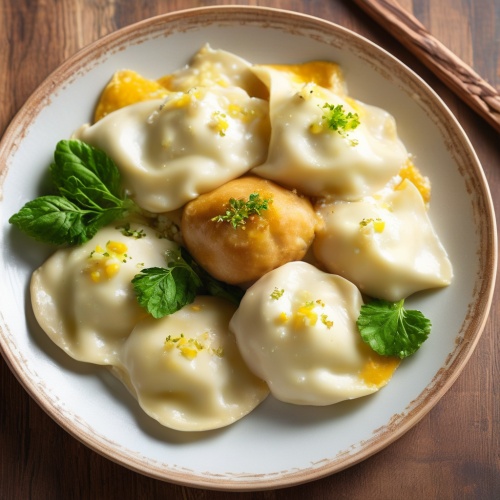 Pierogi: These are traditional Polish dumplings filled with various ingredients, often including potatoes, cheese, sauerkraut, or meat. They can be boiled, fried, or baked and are typically served with sour cream or butter.
Pierogi: These are traditional Polish dumplings filled with various ingredients, often including potatoes, cheese, sauerkraut, or meat. They can be boiled, fried, or baked and are typically served with sour cream or butter. 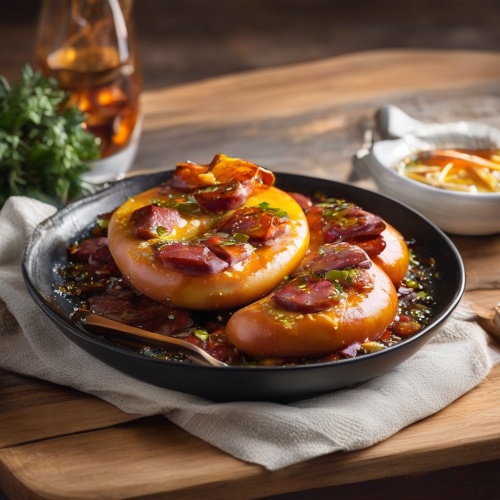 Kielbasa: This smoked sausage is made from pork meat and comes in various types, such as fresh (biały) or smoked (czerwony), depending on the level of smokiness. It's commonly eaten grilled, pan-fried, or even boiled and served alongside mashed potatoes, cabbage, or other vegetables.
Kielbasa: This smoked sausage is made from pork meat and comes in various types, such as fresh (biały) or smoked (czerwony), depending on the level of smokiness. It's commonly eaten grilled, pan-fried, or even boiled and served alongside mashed potatoes, cabbage, or other vegetables. 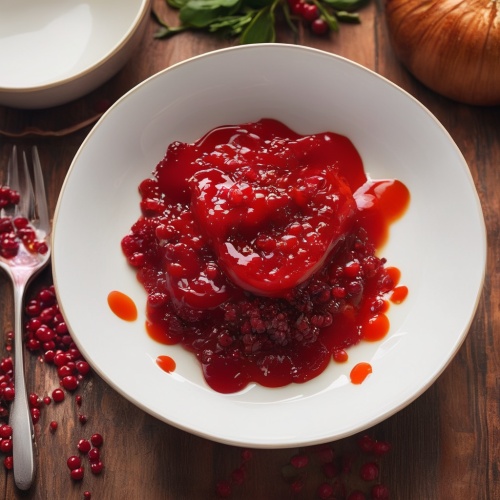 Szczawiak: A traditional Polish fruit compote made from sour cherries, plums, or other similar fruits, sugar, and spices like cinnamon and cloves. The fruit mixture is cooked until it becomes a thick, jammy consistency, and is then stored in jars for later consumption.
Szczawiak: A traditional Polish fruit compote made from sour cherries, plums, or other similar fruits, sugar, and spices like cinnamon and cloves. The fruit mixture is cooked until it becomes a thick, jammy consistency, and is then stored in jars for later consumption. Historical Appearance
 Traditional Male Clothing
Traditional Male Clothing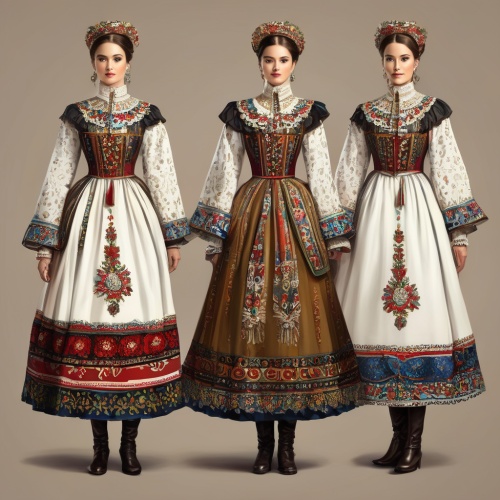 Traditional Female Clothing
Traditional Female Clothing
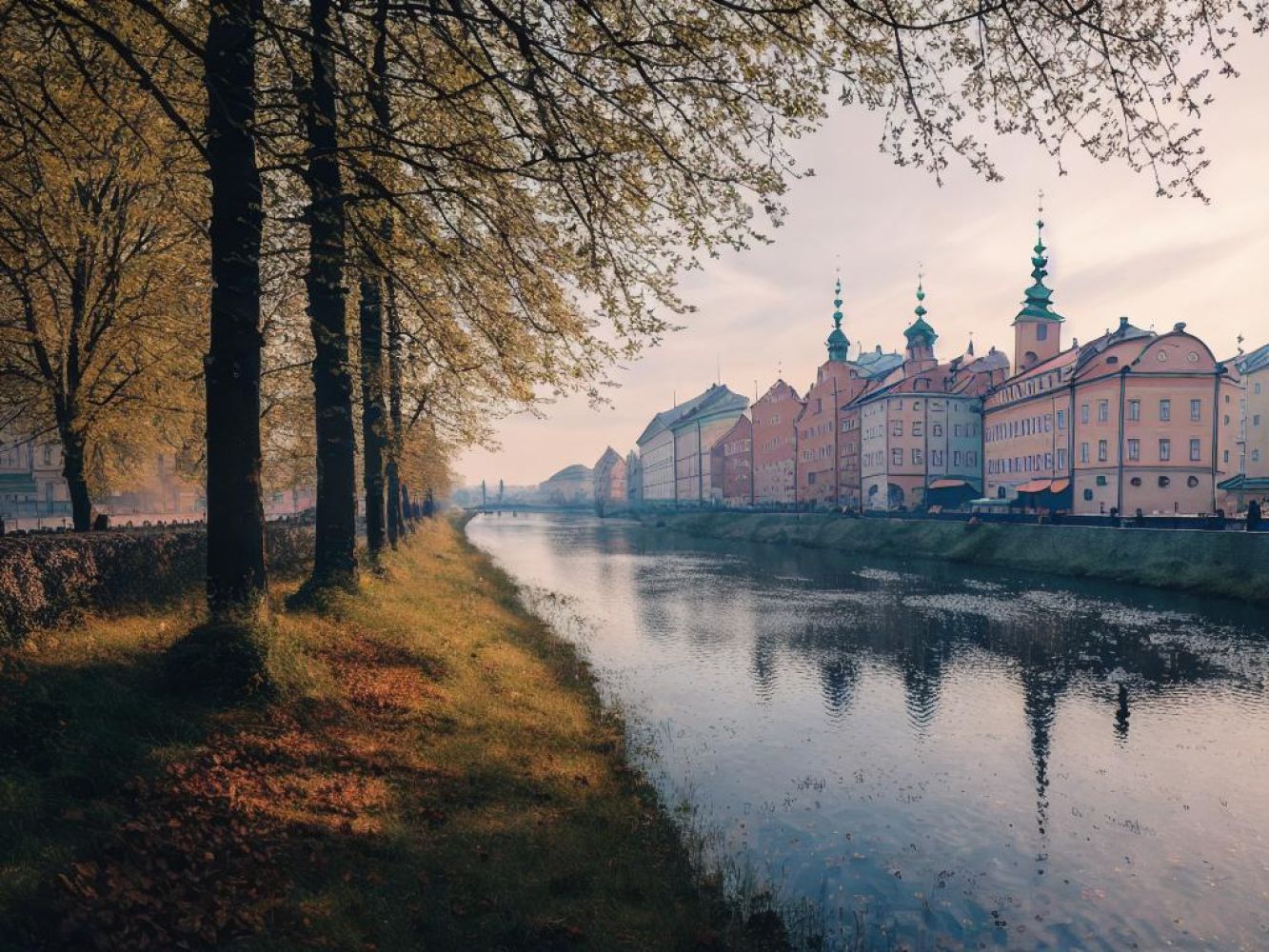

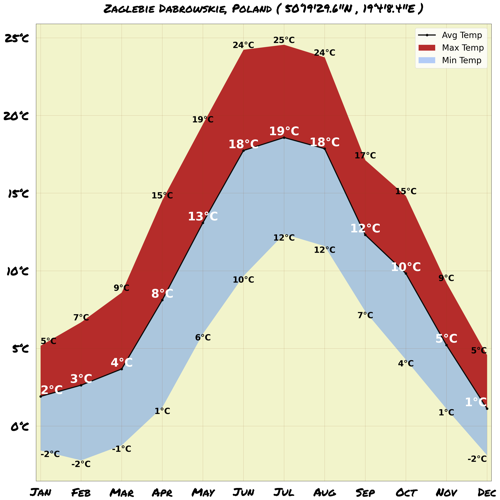





Comments
NO COMMENTS